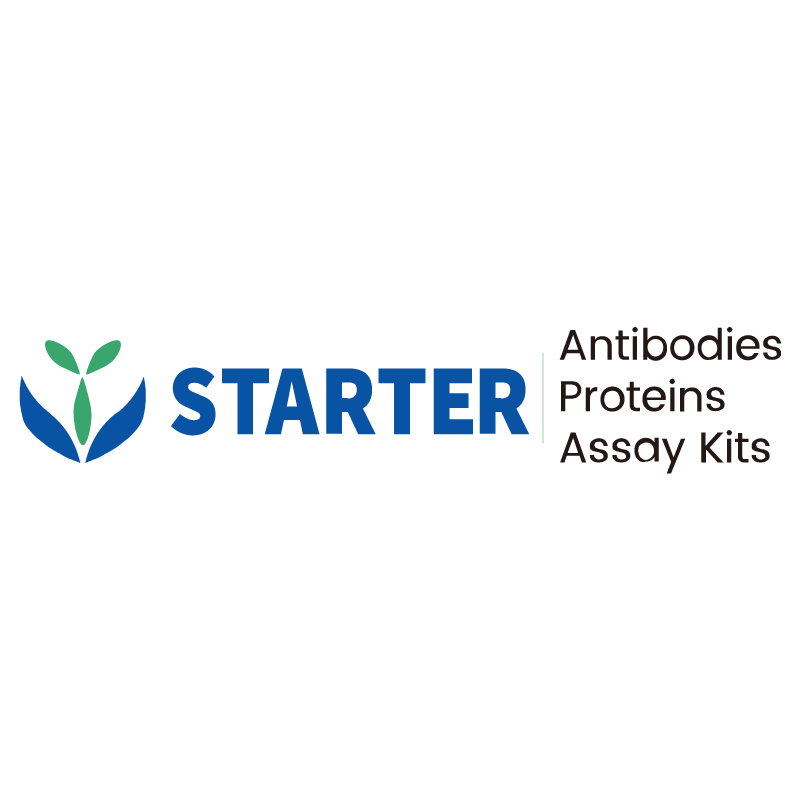Flow cytometric analysis of NIH/3T3 (Mouse embryonic fibroblast, Left) / EL4.IL-2 (Mouse lymphoma T lymphocyte, Right) labelling Mouse PD-1 (CD279) antibody at 1/2000 dilution (0.1 μg) / (Red) compared with a Rat IgG2a (Black) Isotype control and an unlabelled control (cells without incubation with primary antibody and secondary antibody) (Blue). Goat Anti - Rat IgG Alexa Fluor® 488 was used as the secondary antibody.
Negative control: NIH/3T3
Product Details
Product Details
Product Specification
| Host | Rat |
| Antigen | PD-1 (CD279) |
| Synonyms | Programmed cell death protein 1; Protein PD-1; mPD-1; CD279; Pd1; Pdcd1 |
| Location | Cell membrane |
| Accession | Q02242 |
| Clone Number | S-R496 |
| Antibody Type | Rat mAb |
| Isotype | IgG2a |
| Application | FCM |
| Reactivity | Ms |
| Positive Sample | EL4.IL-2 |
| Purification | Protein G |
| Concentration | 2 mg/ml |
| Conjugation | Unconjugated |
| Physical Appearance | Liquid |
| Storage Buffer | PBS pH7.4 |
| Stability & Storage | 12 months from date of receipt / reconstitution, 2 to 8 °C as supplied. |
Dilution
| application | dilution | species |
| FCM | 1:2000 | Ms |
Background
Programmed cell death protein 1 (PD-1), also known as CD279, is a type I transmembrane protein and a member of the CD28 immunoglobulin superfamily, encoded by the _PDCD1_ gene. It is primarily expressed on the surface of various immune cells, including T cells, B cells, macrophages, dendritic cells, and natural killer cells. PD-1 plays a crucial role in regulating immune responses by binding to its ligands, PD-L1 (B7-H1) and PD-L2 (B7-DC), which are expressed on antigen-presenting cells and tumor cells. When PD-1 interacts with its ligands, it triggers inhibitory signals that downregulate T cell activity, preventing excessive immune responses and promoting self-tolerance. However, this pathway can also be exploited by cancer cells to evade immune surveillance, leading to tumor progression. As a result, PD-1 has become a key target in cancer immunotherapy, with several anti-PD-1 antibodies approved for treating various cancers, achieving significant and durable efficacy in some patients.
Picture
Picture
FC


